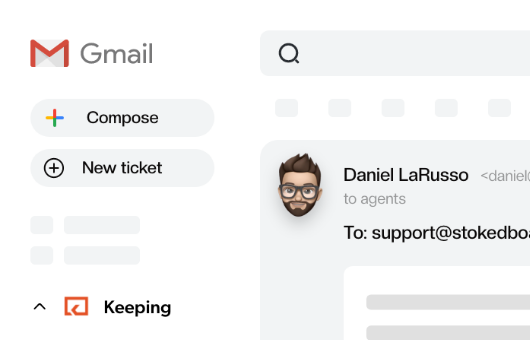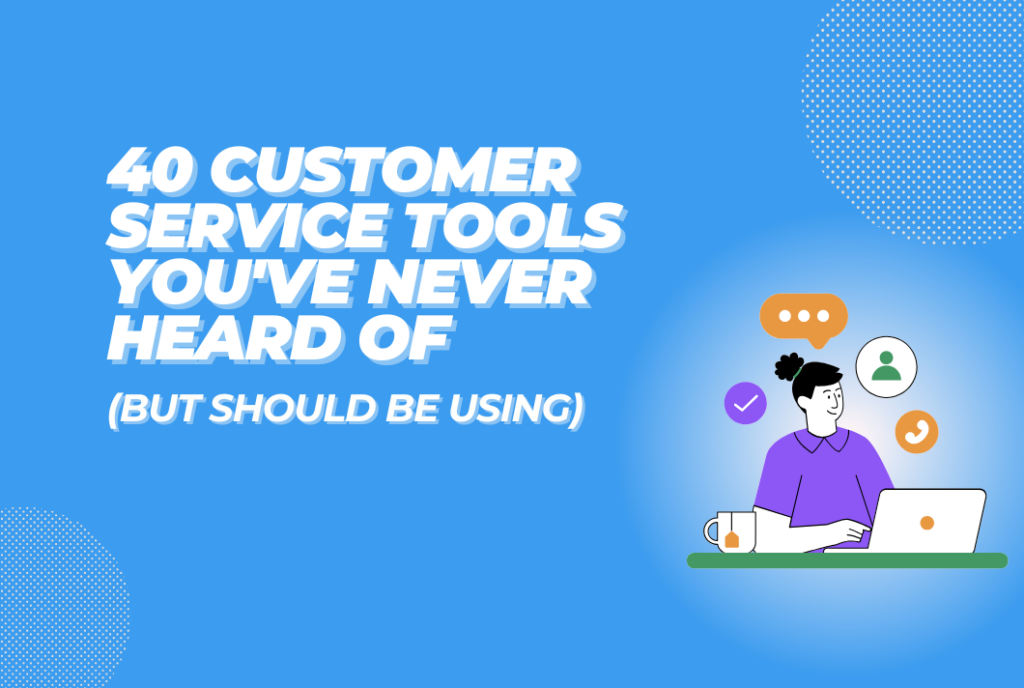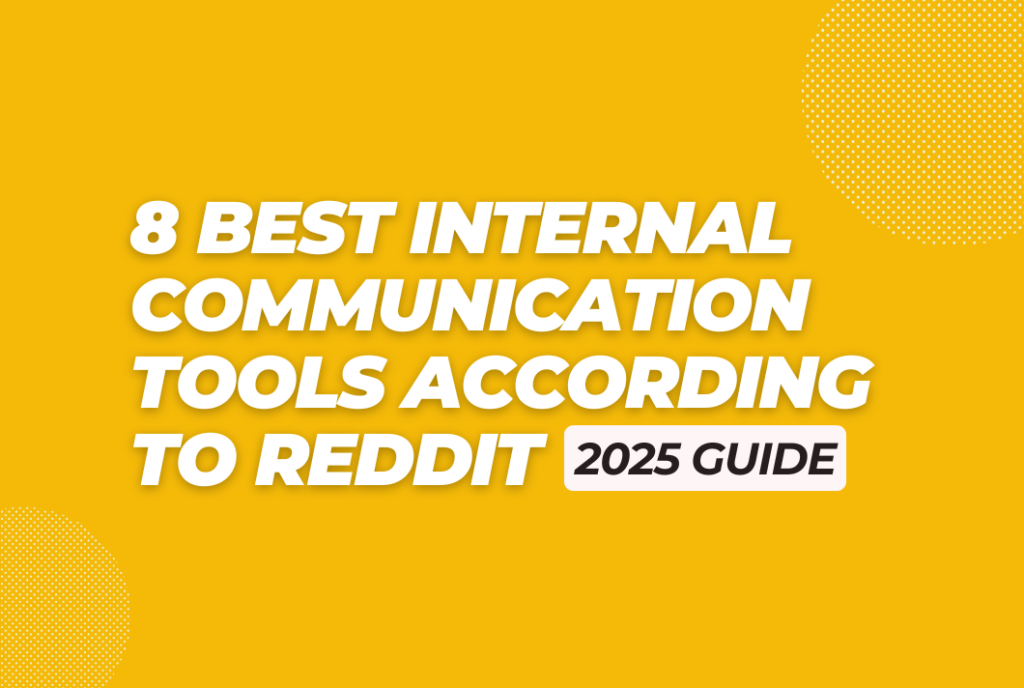
Email Helpdesk Software: 8 Best Tools on the Market
Discover the best email helpdesk software on the market today.
Overwhelmed by incoming tickets? Here’s how to fix that.
Every customer support request is an opportunity to shape customer sentiment and build brand loyalty. But as your business grows, managing incoming tickets quickly becomes a bottleneck.
Customers expect faster, smarter responses—and they’ll let the world know if you don’t deliver. Relying on basic features might work when you’re small, but to keep up with rising demands, you’ll need an email ticketing tool that can streamline customer interactions, provide ticket automation, and unlock premium features that take your service from reactive to proactive.
In this guide, we’ve analyzed the best email ticketing tools available so you can choose a solution that simplifies workflows, improves customer feedback processes, and empowers your team to handle more with less stress.
Ready to find the perfect email helpdesk software for your business? Let’s dive in.
What is email helpdesk software?
You can definitely operate a customer support team without email helpdesk software, but you’ll find yourself restricted and your customers becoming increasingly dissatisfied. Email helpdesk software is basically a specialized tool that allows you to deliver support to customers over email as you scale and automatically convert emails into tickets.
Critically, although customers have many options when it comes to contacting your business, email remains a popular channel and needs to be supported by email helpdesk software. This means that when an email arrives in your inbox, you can manage it with all the right helpdesk features. Helping with email management is a key feature of email helpdesk software.
If you invest in email helpdesk software, you’ll benefit from the following features:
Collaboration features – the ability for agents to collaborate on tickets using collision detection, ticket assignment, and more
Email routing – route tickets to a particular department or person as they arrive in the inbox
Automations and rules – task the inbox with performing certain actions to make managing tickets more streamlined
Ticket management – features such as prioritization and status to help you manage the tickets in your inbox
Automatic responses and canned responses – allow customers to know you have acknowledged receipt and reuse common responses when replying to email
Analytics and reporting – understand performance and ticket volume with analytics and reporting that can be exported
Integrations with other software – combine workflows among your tools with integrations built into your helpdesk software
Knowledge bases – allow you to create self-service content for your customers looking to solve problems
So email helpdesk software is essential if you want to help more customers, become more efficient at helping customers, increase customer satisfaction and save time and money on customer support costs rather than outsourcing. We’ll go into some more of the advantages of this type of software now.
Why use email helpdesk software?
Businesses considering email helpdesk software will be evaluating some of the top advantages of such a tool.
You can scale support without increasing headcount
The biggest advantage of email helpdesk software is that your agents become wildly more efficient and productive, which enables you to scale support without increasing headcount. Your team can do more with less if you have the right software to manage email tickets because it reduces the time it takes to resolve each ticket.
Agents can work more collaboratively
When using email helpdesk software, your agents can work more collaboratively because they have the features needed to work together. The whole point of helpdesk software is to allow a team to manage your tickets, which is working collaboratively instead of as individuals trying to do everything alone.
Fewer tickets get missed in the inbox
Without email helpdesk software, emails often get missed because agents don’t know who is responsible for which ticket. This results in an unprofessional experience for customers, but luckily, with helpdesk software, you can say goodbye to those days. You’ll be able to track the status of a ticket and identify which ones still need to be resolved.
Customers are happier with your service
With all the features that come bundled with email helpdesk software, customers will be much happier with your service. It will be faster, resolutions will come more easily, and follow-up will be simpler. When agents are given the right software to work with, they have a better experience, and customers can sense their satisfaction.
Decrease resolution times
Agents can work faster and more effectively when you equip them with the right email helpdesk software. You’ll decrease resolution times when agents can avoid hunting for tickets and failing to provide service for your customers.
Does Outlook have a ticketing system?
Microsoft Outlook has many useful features but, unfortunately, does not have an email ticketing system. While Outlook is the most-used email software by businesses, it’s limited when it comes to teams managing email, and that’s why many businesses switch to email helpdesk software to help them cope with the influx of emails.
The best email helpdesk software
Now, we’re going to look at the best email ticketing software available.
📧 Email Helpdesk Software | 👑 Best For | ✅ Key Feature | 💰Monthly Plan Pricing |
Strong Gmail integration for small customer support teams seeking simplicity and efficiency | Seamless Gmail integration | Starts at $14 per user/month | |
 | Standalone solution with integrations for multi-channel support | Multi-channel inbox management | Starts at $39 per user/month |
 | Large enterprise customer support teams | Deep customization and configurability | Starts at $19 per user/month |
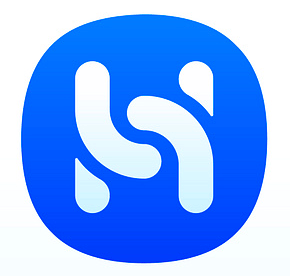 | Managing large volumes of email across complex workflows | Flexible ticketing system | $699/year for 3 users |
Support teams tied to the HubSpot ecosystem | Comprehensive CRM suite | Starts at $50 per month | |
 | AI-driven customer support for growing businesses | AI-powered customer engagement | Starts at $29 per user/month |
Small static teams with straightforward needs | Collaborative inbox | Starts at $20 per user/month | |
 | Large IT and HR departments | Advanced workflow automation | Custom pricing (typically higher) |
A closer look at the top email helpdesk software options
1. Keeping – the best email helpdesk software for Gmail
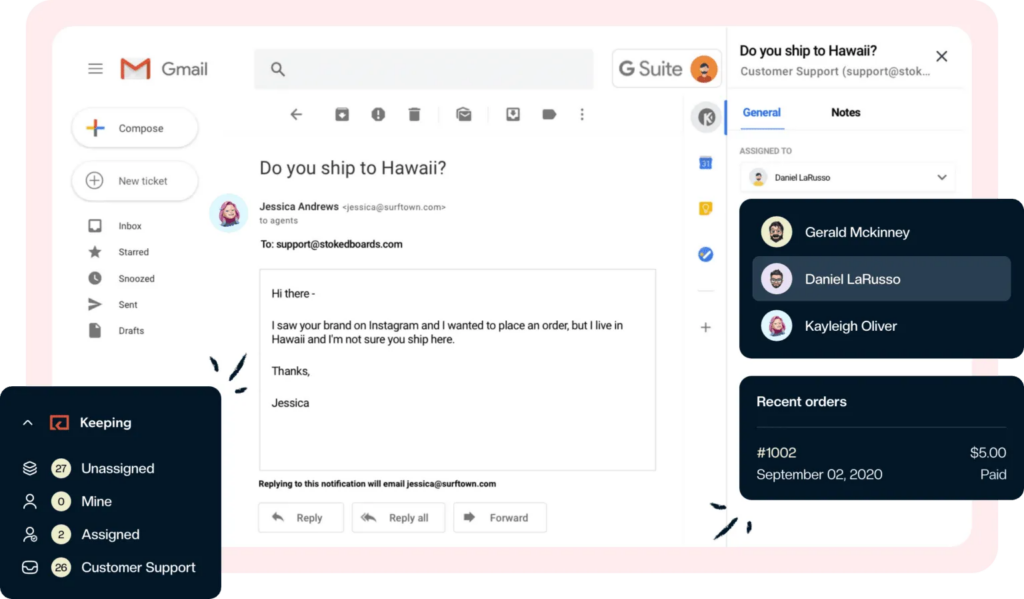
Keeping is our very own email helpdesk software that works right on top of Gmail to bring you the best ticketing experience. Simple and yet powerful, Keeping adds extra email management features such as ticket assignment, prioritization, and reporting so that your agents are better able to keep up with their tickets.
Since Keeping operates within Gmail, the most popular email service in the world, you have a ticketing system with a familiar interface to easily manage customer emails. Since your agents are spending less time learning complex software, they have more time to spend on helping customers and vastly improving the customer experience.
When you use a standard email service provider such as Gmail or Outlook, you don’t have access to advanced features such as reporting and collision detection. When you choose a tool like Keeping, you are turning email into a helpdesk, which ultimately improves the productivity of your customer support team.
2. ProProfs

ProProfs is known for its suite of software relating to the customer experience but especially its flagship product, ProProfs. Also known as a shared inbox, ProProfs is a support ticketing system that you can use to help your customers over email. Used as a platform for managing all your support requests in one place, ProProfs is far superior to standard email.
One of the best things about ProProfs solutions is the integrations with its suite of software so you can benefit from more products. Combine this with support for multiple channels in the ticketing system, and ProProfs starts to look like a very powerful option. Since ProProfs is more than just email ticketing, you’ll get more return on investment.
Since you can customize ProProfs to suit your needs, it’s simple to create a solution that excels by creating custom fields on your tickets and setting priorities and alerts to match SLAs. Connect with live chat, knowledge base, and surveys to enhance the customer experience.
3. Zendesk

Zendesk has a lot of experience supporting enterprise companies. What you can do with Zendesk is limited by your imagination, but it is not a simple tool. To get the most out of Zendesk, you will have to invest in ongoing training and make the most of their customer support team.
Zendesk combines the best of messaging, AI, and automation to enable you to create superior customer experiences, no matter your business size. By detecting customer intent, you can equip agents to provide better customer service, while intelligent bots can actually solve customer issues.
Make use of generative AI to draft customer support responses and knowledge base articles to save you time. Other automations, such as key insights and related ticket summaries, accelerate your agents’ ability to solve problems.
4. HelpSpot

HelpSpot has a friendly user interface as an email helpdesk to allow you to solve tickets with precision. Particularly designed to support multiple mailboxes, HelpSpot is your friend when it comes to managing large volumes of email across complex workflows. To get detailed feedback on the performance of your helpdesk, use HelpSpot analytics.
Integrate with HelpSpot’s built-in knowledge base system, which is presented in a book format to help users find the answers they seek. Fully indexable by search engines, HelpSpot is geared towards allowing you to provide holistic support.
With security at the top of your mind, you can host HelpSpot on your own servers or with HelpSpot’s own secure AWS-based cloud solution, either in the US or Europe. HelpSpot has all the other features you might come to expect from a helpdesk tool, from automations, rules, and triggers to integrations with tools like Zapier.
5. HubSpot Service Desk

If you haven’t heard of HubSpot, we’re not sure what you’ve been doing. Probably best known for their expertise in content marketing and related topics, HubSpot has also made a name for themselves in making some of the best software in customer service. The good news is that you can also access a basic tier for free.
Track customer support tickets easily with HubSpot and provide the personalized support that your customers ultimately require. HubSpot’s ticketing system eliminates the need for other tools, such as emails and spreadsheets, by bringing all these features together. When you use a tool like HubSpot, you can also track key metrics to improve performance.
Automating many of the processes within HubSpot saves you valuable time and improves the customer experience, making you glad you invested in HubSpot. With all the right information about customers at your fingertips, HubSpot combines the best of automation and data with the human touch.
6. HappyFox

HappyFox combines email, phone, chat and web to help you support all your customer requests in one place. Many teams, from customer support to HR and Marketing to IT, can benefit from HappyFox’s ability to adapt to multiple use cases. Functioning as a multilingual helpdesk, HappyFox empowers global teams to help any customer.
HappyFox makes it easy for you to track tickets as a subscriber and sends you email updates about any changes to the ticket. Cloning or merging tickets makes them simpler to manage, and teams can benefit from HappyFox’s ticket management features.
Collaborate more effectively with private notes, requesting the assistance of another agent or department. Agent collision prevents another member of staff from responding to a ticket if a response has already been sent. Smart rules allow for better workflows, such as assigning tickets to a particular agent if a particular custom field is present.
7. Freshdesk

Freshdesk is driven by AI to enable you to help more customers and deliver fast and effective support. In addition to offering a scalable knowledge base, you can use Freshdesk to create AI-powered automations and workflows that supercharge your customer service. Generative AI increases the speed and accuracy of your agents working to assist customers.
In addition to the allure of the latest in AI technology, Freshdesk includes all the standard collaboration features such as private notes, tagging, and collision detection to ensure a better quality of customer service. AI also lends its hand to providing actionable insights while analyzing real-time interactions and monitoring quality.
Being able to provide AI-powered bots is another feature of Freshdesk that allows you to help customers automatically. With Freshdesk, you get a lot of value and can even benefit from their free plan if you are a small business.
8. Help Scout

Help Scout is another big name in the email help desk software market, and it provides a highly intuitive solution that allows you to create complex workflows for your customer service team. As a shared inbox software, you can use Help Scout to manage your messages and ensure you send the right reply every time.
You can handle lots of customers with the assistance of Help Scout. Making use of email templates, being able to direct customers to a self-service portal, or collaborating with other members of the team saves you time and energy in customer support.
As a solution that supports your support agents while providing a great experience for customers, Help Scout is the obvious choice for customer-centric businesses. Software doesn’t get in the way of providing real human experiences.
How to pick the right cloud-based help desk software for your support team
The best email helpdesk software will make your customer support process more efficient without adding a steep learning curve.
Here are some questions you’ll want to consider.
Does it simplify your support processes and workflows?
Start with the basics: Does the software fit into how your team already works? If your team handles incoming emails in Gmail or Google Workspace, a solution like Keeping that offers email integration is a no-brainer. It eliminates the need to switch between tools and simplifies ticket creation, ticket status updates, and workflow automation, so nothing slips through the cracks.
Does it help your customers help themselves?
A good helpdesk doesn’t just manage incoming messages. It empowers customers. Features like self-service support (think an easy-to-access internal knowledgebase) cut down on repetitive questions and give customers the answers they need on their own time. This also frees up your team to focus on solving bigger problems.
Can it measure and improve performance?
Data matters. Look for tools with reporting features that provide actionable insights into key metrics like response time, ticket resolution trends, and SLAs (service level agreements). Bonus points for solutions that offer custom reports so you can analyze the data that actually matters to your business.
Does it give you more bang for your buck?
A freemium solution might seem tempting, but pay attention to what’s actually included and how much you’ll end up paying once you outgrow the free plan. Some tools lock essential features like knowledge management or advanced analytics behind expensive plans. Solutions like Keeping are a great value for small teams because they combine advanced functionality with an intuitive, user-friendly interface, all while working directly in Gmail.
Will it scale with you?
Your helpdesk software should grow with your team. Can it handle more users, more tickets, or more complex workflows without breaking down? Look for tools that support advanced workflow automation, integrate with other software, and offer scalable analytics as your team and ticket volume expand.
Will your team actually use it?
At the end of the day, software only works if your team wants to use it. Tools with a user-friendly interface and simple email integration (like Keeping) reduce resistance and let your agents focus on what matters—helping customers, not wrestling with clunky software.
Is it secure and compliant?
Handling sensitive data? Make sure the tool offers features like secure hosting and compliance with regulations like GDPR. A secure platform is essential for trust and long-term growth.
Wrapping up
Choosing the right email helpdesk software can feel overwhelming, given the many strong contenders in the market. But here’s the bottom line: great customer service is built on the ability to manage customer conversations seamlessly. The best tool for your business is the one that aligns with your team’s workflows simplifies incoming requests and eliminates bottlenecks in your customer support tool.
Join 150+ teams that are sharing inboxes with us
The easiest way to upgrade your shared Gmail account. There’s no credit card is required.
